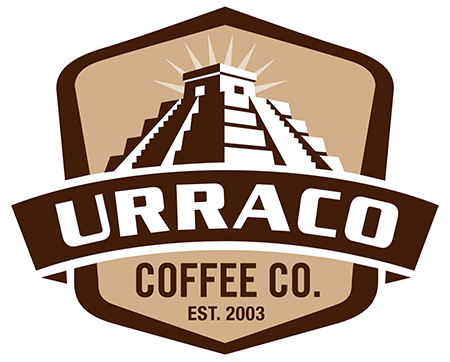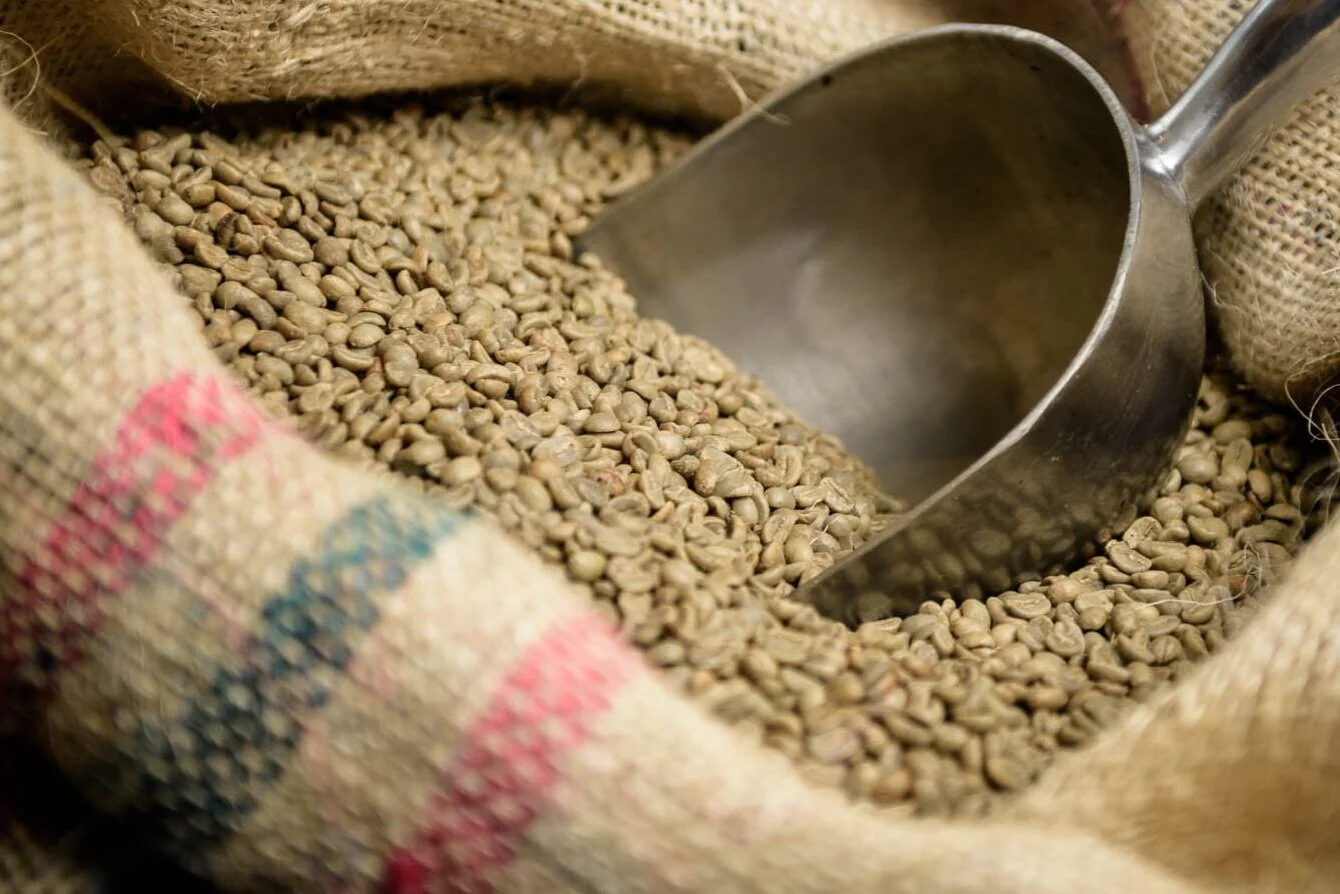
harvesting
Coffee begins its journey as the hidden prize inside of a coffee cherry. Coffee cherries grow on coffee trees around the globe between the Tropics of Cancer and Capricorn. There are two species of coffee trees that grow in this coffee belt. Arabica is one of the two main commercially produced species of coffee. Coffea Arabica is grown at higher altitudes, has lower levels of caffeine and chorogenic acids, and higher levels of lipids and sugars, which in sum result in (most of the time) higher quality cup. Robusta, or Caffea canephora, is a strain of the coffee plant that has twice the caffeine of arabica, 60% less lipids, and half the sugars thereof. Robusta grows at a lower elevation, and is more resistant to pests and diseases.
processing
There are two main washing processes, Natural Processing, and Washed Processing.
Natural, or “dry” processed” has the distinction of being the original form of coffee processing, as it requires little in the way of tools or technology. Instead of being separated from the skin and pulp like a washed coffee, natural processed coffees are laid out in the sun so that the cherry can dry intact after harvesting.
For Washed Processing, after picking, the cherries go to a washing station or wet mill. Usually, the coffee cherries are "floated" prior to pulping to separate the under- and over-ripe fruits and other undesirable objects from the perfectly ripe fruit. This process can be as simple as skimming the fruit floating in a bucket of water or it can utilize specialized machinery that can segregate different levels of density.
Natural Processing
Washed Processing
Natural Process Drying
Natural Process Pulping
Washed Process Pulpling
Pulping
Pulping is the process of removing the fruit from the seed - which eventually becomes your coffee bean.
Natural coffee may be dried in any number of circumstances, each of which impact the quality and character of the cup. The coffee may be dried on bare earth, on tarps, on patios, or on raised beds. In some cases, the cherry is even allowed to dry on the tree before harvesting. Long uncontrolled periods of drying under poor conditions are likely to promote unpleasant fermentation flavors and the growth of mold. In order to achieve a quality natural, coffee should be dried in environments of low ambient humidity, spread out in thin layers with adequate airflow, and regularly stirred throughout the drying period.
The fruit is completely dried around the seed until it becomes leathery and brown, and then the coffee is milled, separating the outer layers from the seed inside. This milling may be accomplished by anything from a mortar and pestle to specialized industrial machines.
Washed Processing washing stations or “wet mills” vary in size and sophistication, ranging from hand-cranked single-disc pulpers with a few plastic tubs to very high tech equipment capable of processing multiple tons per hour through an extensive network of connected tanks and channels.
After the cherries are washed they go through a de-pulper machine that removes the skin and outer layer of fruit, but leaves a sticky substance called mucilage attached the underlying parchment (the final layer covering the seed).
The sticky, mucilage-coated parchment is moved to fermentation tanks and left for a period of time for naturally occurring microorganisms to go to work digesting the sugars and dissolving the mucilage. The right moment to stop the fermentation is often determined by feel. An experienced processor can grasp a handful of beans and know if the fermentation is sufficient or if additional time is required. We have seen fermenting for as few as 8 or as many as 72 hours, but a range of 12 to 18 hours is pretty typical. As with all processes that rely on microorganisms, temperature is crucial. Generally speaking, the higher the altitude, the colder the ambient temperature and therefore the longer it takes for the fermentation. Although traditionally coffee has been submerged in water during fermentation, some producers are moving to dry fermentation, where the pulped coffee is simply piled up and allowed to ferment. This has two benefits: it removes cold water from the process that would otherwise slow down fermentation times, and it creates less waste water.
drying / grading
After the mucilage has been removed, the coffee seed is still enclosed in a yellow papery layer called parchment or pergamino. Coffee is generally stored at origin and rested in its parchment because it forms a protective barrier around the coffee. After fermentation the coffee in parchment is rinsed and then dried down to between 10-12% moisture content.
When the coffee is fully dried and has pulled away from the parchment - the parchment can be hulled off of the bean so the beans can be graded and sorted for export.
sourcing
Natural processing tends to amplify the body of a coffee. Typical flavor profiles range from nutty and tobacco-like, to wildly fruity. While the best naturals have a very good acidity, that acidity tends to be more jammy, like dried fruit and berries, rather than the clear crisp citric acidity associated with the washed process.
Washed processing typically results in a clean and uniform cup. It accentuates a focused and citric acidity and often showcases pleasant sugar browning flavors.
It takes a very special bean to make it into a bag of Urraco Coffee. It’s our commitment for all of our coffee to be grown and processed under the highest standards of quality.
how we roast
“Our aim is to roast each bean to its maximum flavor potential, not its darkest color.”
Kevin Dorcy, Owner and Master Roaster

small-batches
When we receive coffee from origin, it arrives in burlap sacks in raw or “green” bean form. We hand-scoop the raw coffee beans out of the burlap sacks to create our individual batches that go into the roaster.
All of our coffee is roasted in small, hand-crafted batches of 30lb of coffee or less in full view of our customers. Contrast this with our “small-batch” competitors that roast hundreds of pounds of coffee in a single batch. Roasting in small batches gives us better control over the roast process - resulting in a superior product. It also ensures your coffee is fresh. By roasting less coffee more often we can guarantee the coffee you consume was roasted mere days before you purchased it.
fire in the drum
Fire is the trans-formative agent for all coffees. The roast process requires painstaking care—too little or too much heat applied for too long or too short, and the coffee is ruined. Other coffee roasters boast about their rich, “dark-roasts”. Our roast philosophy is to help each bean reach its maximum flavor potential, not its darkest color. A good roaster must be part artist, and part scientist, to maintain quality and consistency. It is during the roasting process that the sugars and other carbohydrates within the bean become caramelized; creating the coffee oil which is what gives the coffee its flavor and aroma.
The first evidence of the beans physical makeover is noticed after 6-7 minutes of intense heat. Like the leaves of summer to fall, the beans’ color changes from pale green to an intense yellow as they radiate a fragrance similar to popcorn.
Around nine minutes into the roast, the beans look ruined—they appear blotchy and crumpled and turn to a color similar to cinnamon. This is a good indicator that “First Crack” is about to occur.
first crack
During first crack, the moisture trapped inside the bean begins to evaporate, causing the beans to double in size, crackling as they expand.
Between first and second cracks, the bean expansion smooths the surface and evens out the color of the bean as their full flavor potential develops. A speckling of oil begins to bubble on the beans surface as the attributes of aroma, acidity and body triangulate into perfect balance.
Second Crack
The “Second Crack” signals that the end is near. We work the tryer port like a piston as the aroma and color (ultimately the flavor) change by the second. Similar to a great chef adding a dash of this or that to create great flavor, there is no set formula for deciding the exact time to end the roast (it’s different for every coffee). All we can tell you is that the color of the beans is incidental. Recall the art of roasting is creating flavor, not color.
We free the beans from the roast at their peak flavor. Pulling a release latch causes a waterfall of beans to pour into a cylindrical cooling bin as a mechanical arm sweeps the beans in a circular fashion allowing forced air to quickly halt the roasting process. The sweet aroma of freshly roasted coffee fills the shop as we tip our cap to the sound of applause created by the final cracks of the flavorful beans.
quality
When deciding which coffees to purchase, we slurp away in our tasting room, looking for the perfect combination of body, aroma, flavor, and complexity that come together to produce a great coffee.
Single Origin coffees showcase particular flavors unique to their birthplace. A coffee Blend combines beans from different growing regions to weave flavors and aromas into complex, multi-layered flavor profiles for a more interesting taste experience.
At Urraco Coffee, we might blend a coffee to showcase a particular growing region. House Blend, for example, combines multiple Latin American coffees into one brew that exemplifies the best qualities of that region: lively, clean, well-balanced with nutty flavors.
Alternatively, we’ll blend beans from separate growing regions to weave interesting interplay’s of aromas and flavors. Blends like Italian Roast, which combines coffees from Africa and Asia Pacific to compliment the favorable characteristics of each region into one harmonious and balanced cup.
You’ll Love The Taste
A great cup of coffee offers so many different flavors. Finding the coffee for you is all about comparing and contrasting. Browse our selection of coffees and add a few to your cart to see what all the fuss is about.














